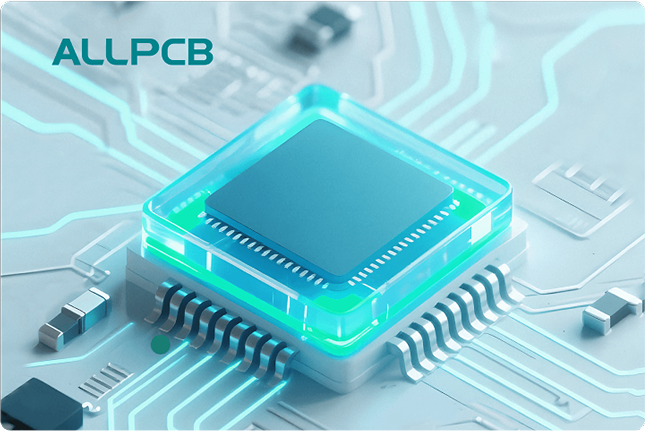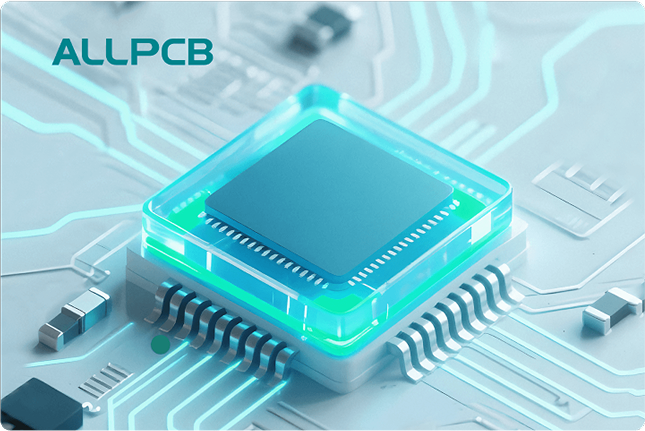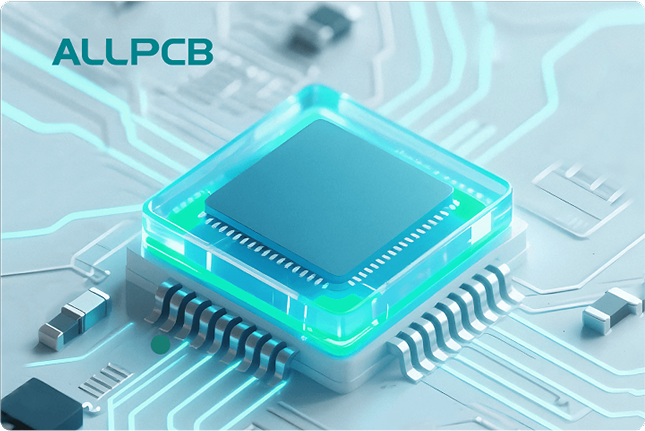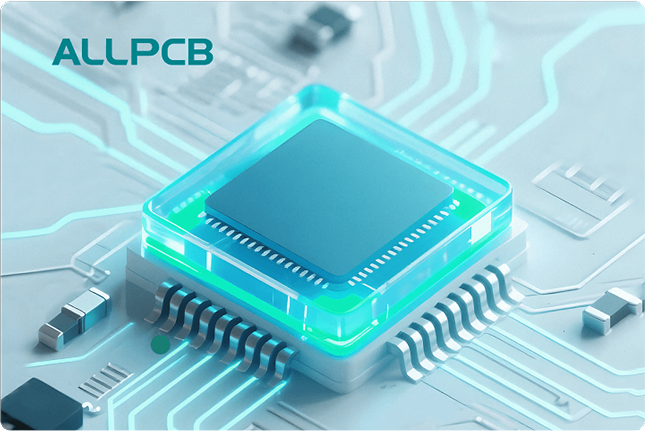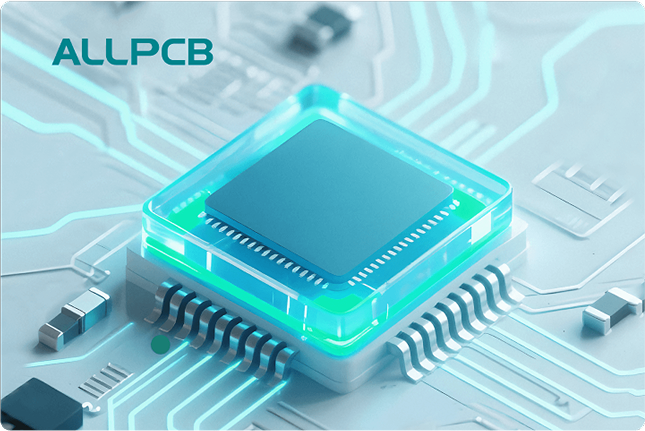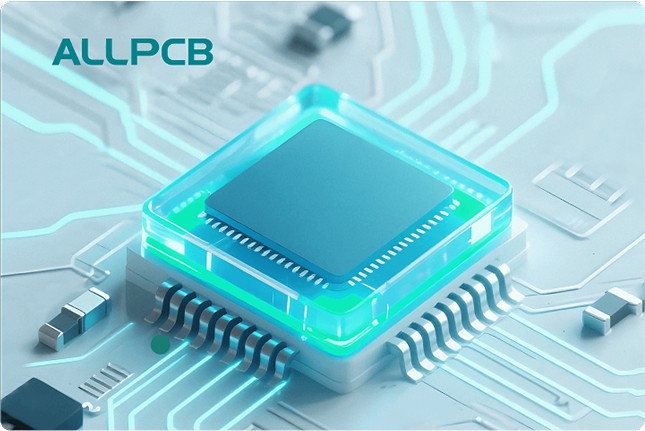When it comes to SMT repair and PCB rework, selecting the right rework stencils with heat resistant materials is critical for achieving precise and reliable results. Rework stencils are essential tools used to apply solder paste accurately during surface mount technology (SMT) repairs, and the material they are made from must withstand high temperatures without deforming or degrading. In this comprehensive guide, we’ll explore the importance of heat resistant stencil materials, the best options for PCB rework, and how to choose the right stencil for your needs. Whether you’re a seasoned engineer or new to SMT repair, this blog will provide actionable insights to ensure your rework process is efficient and effective.
What Are Rework Stencils and Why Do They Matter in SMT Repair?
Rework stencils are small, precision-cut templates used to apply solder paste to specific areas of a printed circuit board (PCB) during repair or rework processes. Unlike full-size stencils used in initial SMT assembly, rework stencils are often miniature and designed for manual application on a single component or a small group of components. Their primary role is to ensure that solder paste is deposited accurately on the pads of a PCB, enabling proper soldering of replacement components.
In SMT repair, precision is everything. A poorly made stencil or one that can’t handle the heat of the soldering process can lead to uneven solder paste application, component misalignment, or even damage to the PCB. This is where heat resistant stencil materials come into play. Materials that can endure the high temperatures of reflow soldering without warping or losing structural integrity are essential for consistent results.
The Importance of Heat Resistant Materials in Rework Stencils
During SMT repair, rework stencils are exposed to significant heat, especially during reflow soldering, where temperatures can reach up to 260°C (500°F) or higher, depending on the solder alloy used (e.g., lead-free solders often require higher temperatures than leaded ones). If a stencil material cannot withstand these conditions, it may deform, crack, or lose its precision, leading to inaccurate solder paste deposits and failed repairs.
Heat resistant materials ensure that the stencil maintains its shape and functionality throughout the rework process. They also contribute to the longevity of the stencil, allowing it to be reused for multiple repairs without degradation. Additionally, high-quality materials provide better solder paste release properties, meaning the paste transfers cleanly to the PCB without sticking to the stencil, which is crucial for avoiding defects like solder bridges or insufficient solder volume.
Common Heat Resistant Materials for Rework Stencils
Choosing the right material for rework stencils involves balancing heat resistance, durability, and precision. Below are the most common materials used for stencil manufacturing in SMT repair and PCB rework, along with their benefits and limitations.
1. Stainless Steel with High Nickel Content
Stainless steel, particularly varieties with high nickel content, is one of the most widely used materials for rework stencils due to its excellent heat resistance and durability. This material can withstand temperatures well beyond the typical reflow soldering range, often up to 300°C (572°F) or more, without warping or losing structural integrity.
Benefits:
- High thermal stability, ensuring the stencil remains flat and precise during heating.
- Excellent solder paste release properties, reducing the risk of paste sticking to the stencil.
- Long lifespan, making it cost-effective for repeated use in PCB rework.
Limitations:
- Can be more expensive than other materials, especially for custom or miniature stencils.
- Requires precise laser cutting to achieve fine apertures for modern, densely packed PCBs.
2. Polyimide
Polyimide is a high-performance plastic material known for its exceptional heat resistance and flexibility. It is often used in rework stencils for applications where lightweight and temporary stencils are needed. Polyimide can handle temperatures up to approximately 260°C (500°F), making it suitable for most SMT repair processes.
Benefits:
- Lightweight and easy to handle, ideal for manual rework tasks.
- Flexible, allowing it to conform to slightly uneven surfaces on a PCB.
- Cost-effective for short-term or prototype use.
Limitations:
- Not as durable as stainless steel, limiting its lifespan for repeated use.
- Lower thermal threshold compared to metal options, which may cause issues with very high-temperature processes.
3. Nickel-Plated Materials
Nickel-plated stencils combine the durability of a base metal with a nickel coating to enhance heat resistance and solder paste release. These stencils are designed to endure temperatures similar to stainless steel while offering a smoother surface for cleaner paste application.
Benefits:
- Enhanced solder paste release due to the smooth nickel surface.
- Good heat resistance, suitable for standard SMT repair temperatures.
- Often more affordable than high-nickel stainless steel.
Limitations:
- The nickel coating may wear over time with frequent use, reducing effectiveness.
- Less resistant to extreme temperatures compared to pure high-nickel stainless steel.
Factors to Consider When Choosing Heat Resistant Stencil Materials for SMT Repair
Selecting the right material for rework stencils isn’t a one-size-fits-all decision. Several factors influence which material will perform best for your specific SMT repair needs. Below are the key considerations to keep in mind.
1. Temperature Requirements
The soldering process you’re using will largely dictate the heat resistance needed for your stencil. For instance, lead-free solder alloys like SAC305 (Sn96.5Ag3.0Cu0.5) typically require reflow temperatures between 240°C and 260°C (464°F to 500°F). If your rework process involves such alloys, ensure the stencil material can handle these temperatures without deforming. Stainless steel with high nickel content is often the safest choice for high-temperature applications.
2. Component Size and Density
Modern PCBs often feature tiny components with fine pitch leads, such as 0.4mm or smaller. Rework stencils for these components must have precise, laser-cut apertures to ensure accurate solder paste deposition. Stainless steel stencils are typically preferred for fine-pitch applications due to their rigidity and ability to maintain precision under heat.
3. Frequency of Use
If you’re performing frequent PCB rework, durability becomes a priority. A stainless steel stencil will last through hundreds of uses without significant wear, whereas a polyimide stencil might be better suited for one-off or low-volume repairs due to its lower cost and shorter lifespan.
4. Budget Constraints
While high-quality materials like stainless steel offer superior performance, they come at a higher cost. If budget is a concern, consider nickel-plated or polyimide options for less demanding rework tasks. Balancing cost with performance ensures you get the best value for your investment.
5. Solder Paste Release Properties
The material’s surface properties affect how cleanly the solder paste releases onto the PCB. Poor release can lead to defects like insufficient solder or paste sticking to the stencil. Stainless steel and nickel-plated materials often provide the best release characteristics, especially for intricate patterns.
Best Practices for Using Rework Stencils in SMT Repair
Even with the best heat resistant stencil materials, proper handling and usage techniques are essential for successful PCB rework. Here are some practical tips to optimize your rework process.
1. Clean the Stencil Regularly
Residual solder paste can build up on the stencil, clogging apertures and affecting precision. Clean the stencil after every use with isopropyl alcohol and a lint-free cloth or an ultrasonic cleaner to maintain its performance.
2. Use the Right Solder Paste
Match the solder paste to the stencil material and the component being reworked. For instance, use a paste with a particle size suitable for the stencil’s aperture size (typically Type 3 or Type 4 for fine-pitch components) to avoid clogging or uneven application.
3. Apply Even Pressure During Printing
When manually applying solder paste with a rework stencil, use a squeegee with consistent, even pressure to ensure uniform paste deposition. Uneven pressure can result in insufficient or excessive paste, leading to soldering defects.
4. Store Stencils Properly
Store rework stencils in a dry, dust-free environment to prevent contamination or physical damage. For stainless steel stencils, avoid stacking them directly on top of each other to prevent scratching or bending.
Challenges in Choosing Stencil Materials for Rework and How to Overcome Them
While heat resistant materials offer many benefits, there are challenges in selecting and using them for SMT repair. Understanding these challenges can help you make informed decisions.
Challenge 1: Balancing Cost and Quality
High-end materials like stainless steel with high nickel content provide excellent performance but can be expensive, especially for small-scale operations. To overcome this, evaluate the frequency and complexity of your rework tasks. For occasional repairs, a more affordable material like polyimide may suffice.
Challenge 2: Compatibility with Fine-Pitch Components
As components get smaller, stencil apertures must become finer, which can be difficult to achieve with certain materials. Opt for laser-cut stainless steel stencils, as they offer the precision needed for fine-pitch applications down to 0.3mm or smaller.
Challenge 3: Thermal Expansion
Even heat resistant materials can experience slight thermal expansion during high-temperature processes, potentially affecting alignment. To mitigate this, choose materials with low thermal expansion coefficients, such as high-nickel stainless steel, and ensure proper fixturing during the rework process to maintain alignment.
Conclusion: Making the Right Choice for SMT Repair Success
Rework stencils play a vital role in SMT repair and PCB rework, and choosing the right heat resistant stencil materials is key to achieving reliable, high-quality results. Whether you opt for durable stainless steel with high nickel content, flexible polyimide, or cost-effective nickel-plated options, understanding the specific needs of your rework process—such as temperature requirements, component size, and frequency of use—will guide your decision.
By prioritizing heat resistance, precision, and durability, you can ensure that your rework stencils perform consistently under the demanding conditions of SMT repair. Pairing the right material with proper usage techniques, like regular cleaning and even solder paste application, will further enhance your results. With these insights, you’re well-equipped to select the best stencil materials for rework and tackle any PCB repair challenge with confidence.
 ALLPCB
ALLPCB


